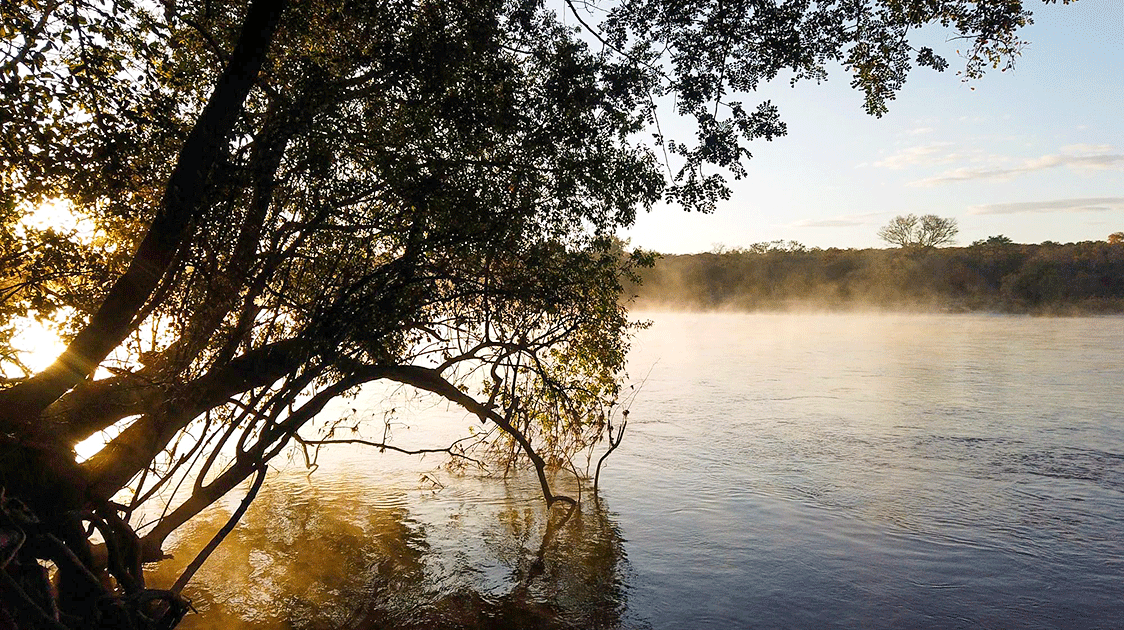Editorial

Paradise Dreaming
By Zig Mackintosh
The 30/30 Biodiversity Plan, initially proposed by the Campaign for Nature, is a response to the global decline of biodiversity, which threatens the well-being of both wildlife and human communities. About 17% of the planet's land and roughly 8% of its oceans are protected.
The goal is to protect 30 % of the Earth's land and water by 2030. It is part of a broader effort to protect the planet's natural resources and combat climate change by conserving the habitats and ecosystems that support biodiversity.
The 30/30 initiative aims to redefine what constitutes "conserved" land, make that new definition distinct from "protected" land, and cede ownership and control of land to indigenous and local communities. The initiative also seeks to combat the spread and introduction of invasive species and to cut nutrient and plastic pollution by at least 50%.
These are lofty ideals and worth striving for, but one must wonder how they intend to implement the plan and if they are overlooking strategies already in place and working.
Community-based natural resource management (CBNRM) is a strategy that originated in Zimbabwe in the 1980s in the CAMPFIRE program. It does precisely what the 30/30 biodiversity plan aims to achieve; give ownership of natural resources to indigenous communities.
But its centerpiece is safari hunting which doesn't sit well with the West's Disneyfied view of wildlife. This is evident in the tsunami of Western anti-hunting legislation. The aims of the increasing bureaucracy of organizations such as the US Fish and Wildlife Service are glaringly obvious as there is no shred of common sense in their actions.
According to a study published in the Proceedings of the National Academy of Sciences (PNAS), the total biomass of domesticated animals (including livestock) and humans far exceeds that of wild mammals.
Greenpeace reports that humans and their livestock account for 96% of mammal biomass on Earth, while wild mammals only account for 4%.
Why is that?
It's because livestock can be owned and utilized and has tangible value. Goats won't eat the kids on the way to school or wipe out a season's crop in one night as a lion or elephant would.
If you want more wildlife, you must make it more appealing to indigenous people than livestock.
It is that simple.
Wildlife outside of protected areas in Africa is worthless if it can't be sustainably utilized. Safari hunting gives wildlife value and provides revenue for community development and anti-poaching operations.
So, whose view should hold more weight, those who live with wildlife or foreign legislators and animal rights activists who think they know best?
The 30/30 Biodiversity Plan will remain a pipe dream, another expensive but worthless "eco-treaty" until common sense prevails and the realities on the ground are faced.

Comments ()